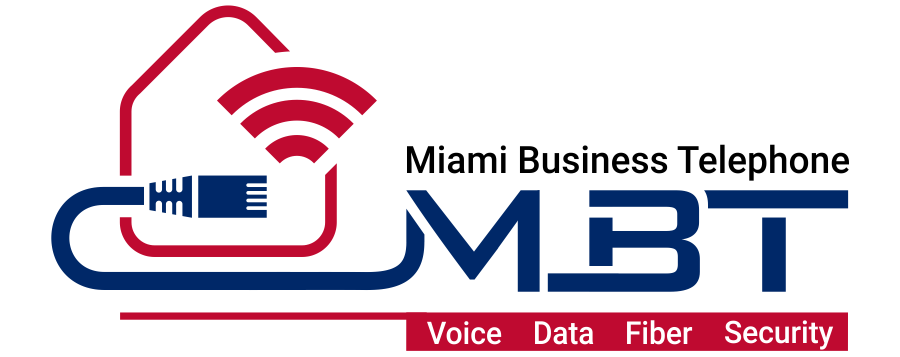Exterior Conduit Work
Since 2011, Miami Business Telephone Corp. has become fully versed in underground confined space work.
All of our technicians have been trained by OSHA standards to comply with all confined space safety requirements.
What is a conduit raceway?
The term “raceway” can be used to refer to an enclosed wiring method, including both conduit and tubing. Just remember that there are other types of raceway as well, such as wireways.
Electronic Metallic Tubing (EMT): 
Electrical metallic tubing (EMT) is a lightweight raceway that’s relatively easy to bend, cut, and ream. Because it isn’t threaded, all connectors and couplings are of the threadless type and provide quick, easy, and inexpensive installation compared to threaded metallic conduit systems. Consequently, EMT is very popular. EMT is manufactured in galvanized steel or aluminum; the steel type is more commonly used.
Intermediate Metal Conduit (IMC): 
IMC is lighter and less expensive than rigid metal conduit, but you can use it in all of the same locations as RMC. Though IMC has thinner walls than RMC, IMC is actually the stronger of the two — because of the steel alloy used to make it.
Polyvinyl Chloride Conduit (PVC):
Rigid polyvinyl chloride conduit (PVC) is a rigid nonmetallic conduit that provides many of the advantages of RMC, while allowing installation in areas that are wet or corrosive. PVC conduit is an inexpensive, easily installed raceway. It’s lightweight, easily cut, and relatively strong.
On the downside, conduits manufactured from PVC are brittle when cold, and they sag when hot. PVC is commonly used as an underground raceway because of its low cost, ease of installation, and resistance to corrosion and decay.
Here are some images from an EMT installation we performed for a medical facility in Miami, Fl.






